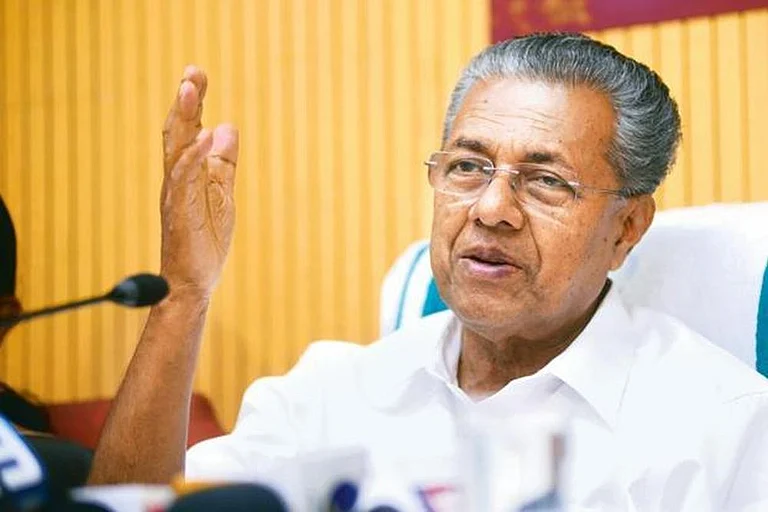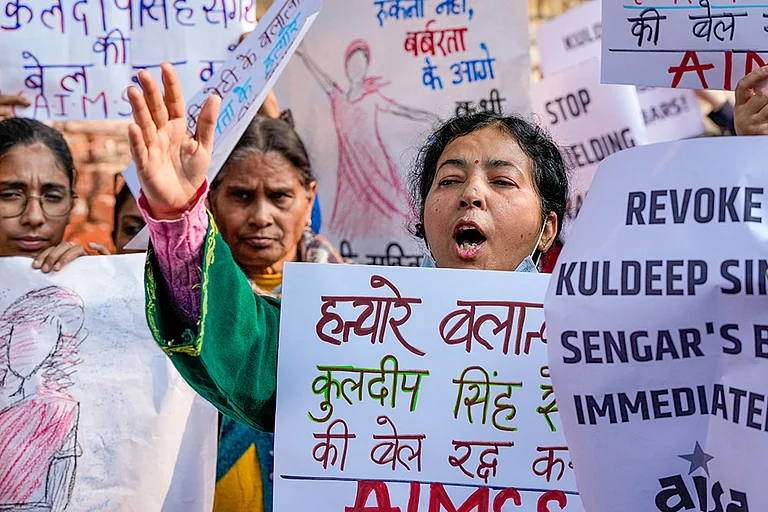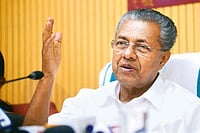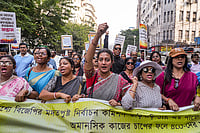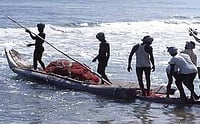Beginning with an overview of the Vedic corpus, Habib speaks of the migration of the Aryan communities from the localities to the west of the Indus where the horse and the chariot played a central role. He touches upon different aspects of early Aryan life and, despite "disappointingly meagre" data from the Rigveda (1500-1000 BC), portrays them as dominantly agricultural. But had agriculture been so important, the Rigveda would not reveal such "an essentially town-less environment". We are rightly told that the Aryan society consisted of tribes: thirty of them being mentioned in the Rigveda, each headed by a rajan, though the statement that he lived in "many-pillared palaces" and was "linked to a definite territory" implies an unacceptable possibility of the Aryans establishing territorial states in the very early phase of their expansion.
Habib recognises the patriarchal nature of the family and the establishment of the institution of marriage, but ignores the Rigvedic evidence of brother-sister incest. The deities of the Aryans were predominantly male and their religion was aniconic. Sacrifice occupied a central place in their religious life and tended to become increasingly elaborate during the later Vedic period. But it needs to be stressed that the beginnings of heresy in religious tradition is already in evidence. The later Vedic texts (1000-600 BC) indicate the shifting of the Aryan territorial horizons towards the east into the Gangetic valley and their references to kings and territorial states in the region begin to multiply, implying the colonisation of land and the emergence of stable settlements. The use of fire for extending the area of Aryan settlements is attested by the famous story of Videgha Mathava who helped the fire-god (Agni) cross the river Sadanira leading to the Aryanisation of the land of Videha. The iron axe could also have accelerated the process of forest clearance and the dispersal of agriculture. A separate section on the coming of iron in India adds to the book’s merit.
The Rigvedic social stratification seems to have given way to the fourfold social division of the caste system, though the evidence of untouchability, Habib should have emphasised, is tenuous and became a visible feature of society only in subsequent times. However, he rightly punctures the tall claims often made by indigenists and chauvinists about the progress of science in the Vedic period. The Vedic Aryans did not even have full knowledge of calendar, and going by the later evidence of Varahamihira, the Vedic Brahmins did not practise astrology. Knowledge of medicine, similarly, was limited. So, despite the claims of Hindutva forces, the Vedas cannot be considered the source of all knowledge. The Vedic people didn’t even have a script; their history is reconstructed mainly on the basis of orally transmitted texts coupled with archaeology.
Enriched by extracts from primary texts, Habib can clearly handle a wide variety of sources. Far from being a narrow specialist in medieval history, he works on a very wide canvas of time. In fact, those of us who’ve seen him present research papers on ancient Indian historical geography at the IHC may be puzzled to find a coauthor on the cover. Did he really need that?








